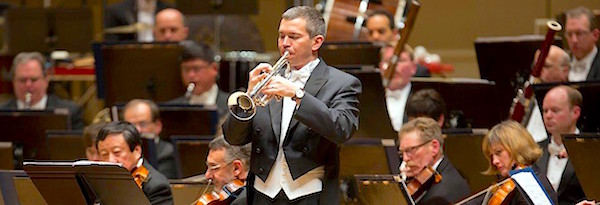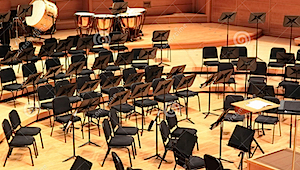Hoagland Howard Carmichael was born in Bloomington, Indiana on November 22, 1899. Carmichael attended Indiana University and played piano with school and semi-pro bands, and organized prom dates. Jazz activities no doubt competed with studies, but Hoagy managed to graduate in 1926, and for a short time joined a friend starting a law practice in the booming state of Florida.
Passing thru New York, Hoagy brought the manuscript of a queer thimble folk opera he called Washboard Blues to the attention of publisher Irving Mills. This strange amalgamation of styles, tempos and racial traits so impressed the impresario that he offered the composer a job on the spot to write more of his pseudo-ethnic stuff for Mills Music. Not a big city boy, Hoagy declined, but hearing a Red Nichols recording of the song a few months later, he decided to return to Bloomington and see if he could support himself pursuing the musical career he really loved.
The “Song of the Century” was not an overnight sensation. It started out as a piano piece, presented in later-day ragtime style by its composer, a jazz band groupie recently graduated from the Indiana University law school. This young man had put his legal career on hold while he trailed after the jazzmen he idolized, and offered them songs like Riverboat Shuffle, Washboard Blues, and Star Dust. This last was a little ditty that gave no hint it would later evolve into the most enduring of popular love ballads.
The melody did not conform to any popular song conventions. Quoting Oscar Hammerstein II, it “rambles and roams like a truant schoolboy in a meadow…it’s structure is loose, it’s pattern complex.” Another commentator cited its “alternation of broken chords in bright major modes, but half in minors.” Perfect you might say for a piano romp, and some singers kept the fast tempo when performing with a dance band. By 1929, however, it had been discovered that the song was more effective when slowed to the pace of a sentimental ballad.
The composer reported that the inspiration for Star Dust came at a secluded spot on the campus of his Alma Mater. He had relaxed at the “spooning wall”, but when the melody came to him, he ran to the nearby Book Nook to try it on the piano and jot down a few phrases. Then he took it home and put in a lot more work devising its sixteen bar verse and thirty-two bar chorus. We know from the historic Emil Seidel recording that in October 1927, the melody was just as we hear it today. Generations have enjoyed that “memory of love’s refrain…” so much so that one enthusiastic expert claimed that it appeared on a thousand commercial recordings in the U.S. alone. This was a bit of an exaggeration, but it had been recorded worldwide by 1990.
– Bruce S. Hapanowicz and Arthur Bailey
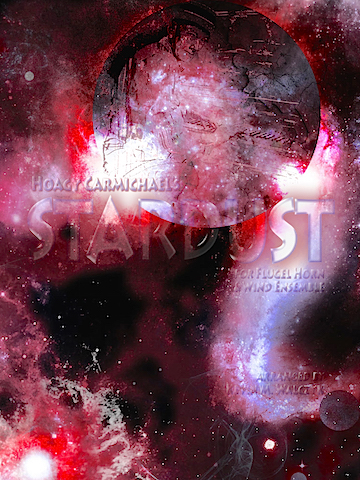
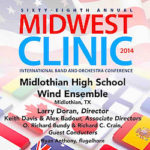



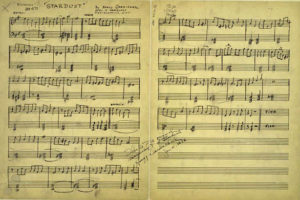
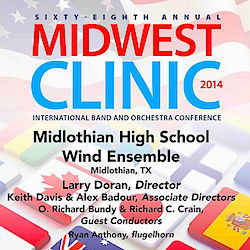 A live recording of Stardust is available on Mark Custom recordings
A live recording of Stardust is available on Mark Custom recordings 